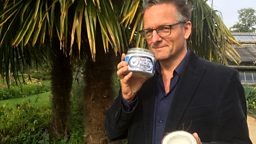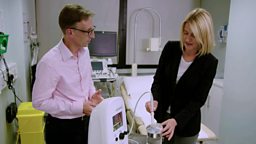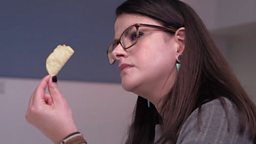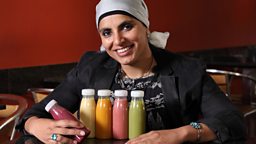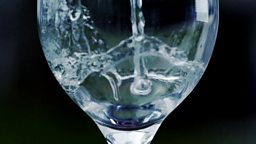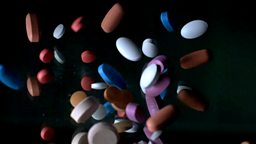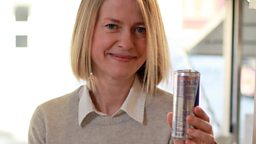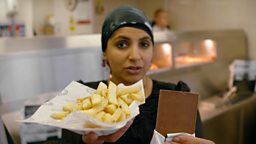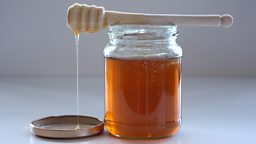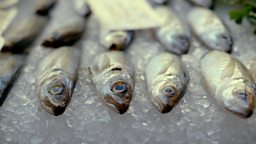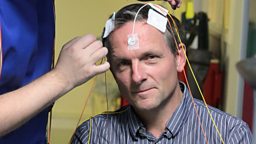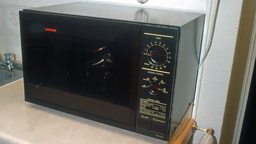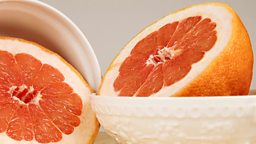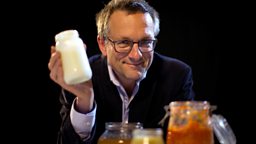Can fizzy drinks make you eat more?
Introduction
Sugary fizzy drinks are notoriously unhealthy, as these commonly contain about eight teaspoons of sugar per can. But how much healthier are sugar-free alternatives, such as diet colas or even sparkling water?
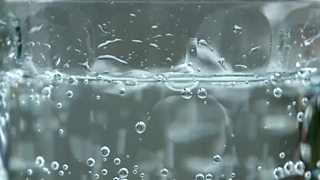
Recent reports have suggested the sugar in fizzy drinks may not be the only factor leading to weight gain, but that the fizz itself may contribute.
Researchers at Birzeit University in Palestine found that, in laboratory tests, rats given carbonated drinks ate more food than rats given non-fizzy equivalents.
Trust Me, I’m a Doctor wanted to explore this further by doing our own experiment with human volunteers.
The experiment
We teamed up with Dr. James Brown from Aston University in Birmingham to run our experiment. We recruited 20 volunteers to test whether fizzy drinks would make them feel hungrier than flat drinks, and eat more as a result.
To ensure a level playing field at the start of each day, all our participants were asked to fast for 10 hours and were then each given a cheese sandwich with exactly the same calories.
An hour later, each volunteer was given one of several different soft drinks, allocated at random:
• a fizzy sugar drink
• a flattened sugar drink
• a fizzy diet drink
• fizzy water
• flat water
To measure their hunger, we used three methods:
• Ten minutes after their drink, we measured the level of the hormone ghrelin in the participants’ blood. This hormone is secreted by the stomach when it’s empty to tell the brain we’re hungry. The Birzeit research group found that consuming fizzy drinks led to higher levels of it.
• Later in the day, our participants reported their perceived levels of hunger using a questionnaire.
• They also kept a food diary so that we could calculate how many calories they’d actually eaten.
Our volunteers repeated this for each of the different drinks on successive days. To minimize any influence the volunteers’ expectations might have on the experimental outcomes, they were not told what the experiment was designed to test.
The Results
The combined results for the carbonated drinks showed approximately 50% higher ghrelin levels than the combined results for the non-carbonated drinks.
This increase in the production of ghrelin was not only seen after drinking sugary fizzy drinks, as there was also a slight increase in ghrelin levels after drinking carbonated water.
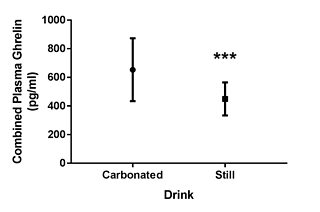
Fig 1: levels of hormone ghrelin in the blood after drinking carbonated Vs non-carbonated drinks (combined results)
For the food diary results, which recorded how much food was actually consumed following each drink, on average the participants ate around 120 calories more after drinking carbonated drinks, compared to the non-carbonated drinks. This was a statistically significant increase in food consumption.

Figure 2: food consumed after drinking carbonated Vs non-carbonated drinks (combined results)
Conclusions
Our result showed that drinking fizzy drinks led to an increase of the levels of the hunger hormone ghrelin and made our volunteers eat significantly more food.
Two possible explanations for this surprising result are:
1) The carbon dioxide from the carbonated drink is released in the stomach, where chemical receptors which detect carbon dioxide cause the cells at the top of the stomach to release ghrelin, leading to a feeling of hunger.
2) A mechanical process whereby the stomach bloats and stretches a little from the extra gas, and this stimulates cells to release ghrelin.
Whatever the mechanism, it is important not to switch from fizzy non-sugary drinks to flat sugary drinks, as the additional calories of the sugary versions will outweigh the effects of the carbonation. Based on these results, the best option (though perhaps not the most exciting) is to drink flat water.









